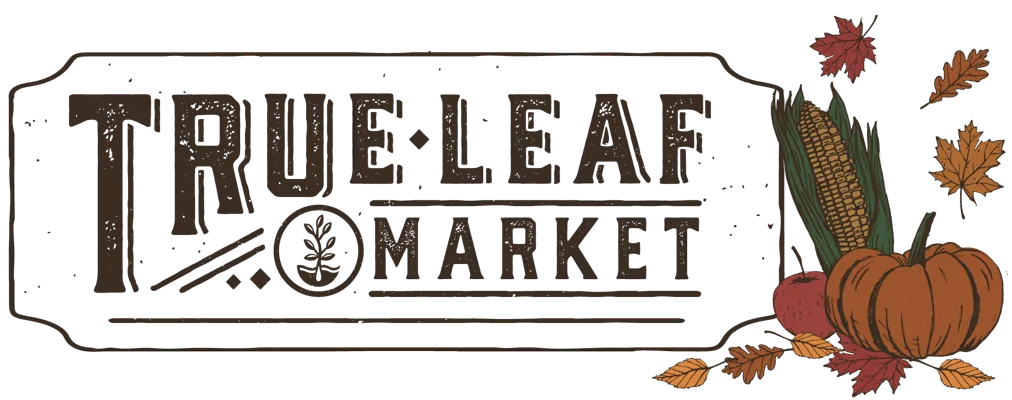Download Free Vegetable Growing Guide PDF
Growing Purple French Filet Pole Beans in the Vegetable Garden
Direct sow the seeds once the soil has warmed to at least 60 F after the last frost. Plant seeds about 1 inch deep. Since this is a pole variety, space seeds are 4-6 inches apart in rows spaced 24-36 inches apart. The wider row spacing allows room for airflow and easy harvesting. To encourage vertical growth, place a trellis, pole, or similar support nearby, as the plants will climb as they grow.
Throughout the growing process, the plants require regular watering, especially during dry periods. Keep the soil consistently moist but not waterlogged. Beans perform best with about 1 inch of water per week. Avoid overhead watering, as wet foliage can lead to fungal diseases. Mulching around the base of the plants.
Beans are nitrogen fixers, so they don't need heavy fertilization. However, a balanced fertilizer can be applied at planting time to encourage early growth. Pinch back the vines if they grow too tall or unruly. Ensure they get plenty of sunlight, as pole beans thrive in full sun (at least 6 hours of direct sunlight a day).
Harvesting Purple French Filet Pole Beans
Snap beans are best harvested when young and tender. As they mature they become more chewy and less flavorful. Remove from the plant by snapping the bean pod away from the vine or using hand pruners to cut the connecting stem.
About Purple French Filet Pole Bean Garden Seeds
The purple pods turn green when cooked, making it a fun and visually appealing choice for home gardeners and chefs alike. Its tender, mild flavor makes it an excellent addition to salads, stir-fries, and other fresh dishes.
Once the plants start growing, they will pull nitrogen from the air into the soil, making them good companions for heavy feeders like corn, cabbage, or squash. Beans benefit from companions like carrots, cucumbers, and marigolds, which can help deter pests.
Tips From Our Gardeners
"Remember that bean plants do put nitrogen back into the soil, but you likely won’t see any major benefits until the following year. At the end of the season, leave the bean plants' roots in the soil and till them into the garden bed. This will ensure that the nitrogen gets released from the roots into your soil, ready to be used by your garden plants the following season."
 |
- Lara Wadsworth, True Leaf Market Writer |
Other Resources
Purple French Filet Pole Bean Seeds Per Package:
- 15 g - Wholesale - Approximately 40 Seeds
- 4 oz - Wholesale - Approximately 300 Seeds
- 1 lb - Bulk Seeds - Approximately 1,300 Seeds
- 5 lb - Bulk Seeds - Approximately 6,700 Seeds
- 25 lb - Bulk Seeds - Approximately 33,600 Seeds
Non-GMO Purple French Filet Pole Bean seeds are available for Fast Free Shipping on qualifying orders.
ATTRIBUTES
Basic Info
| Latin Name: |
Phaseolus vulgaris
|
| Bean Sub-Type: |
Specialty - There are many subcategories of beans, and in the interest of simplifying what would be an overwhelming number of bean varieties, we group them as 'specialty'. These include but are not limited to yardlong beans, winged beans, hyacinth beans, sword beans, asparagus beans, adzuki, mung, garbanzo, and others. |
| Purple French Filet Pole Bean Color: |
Purple |
| Purple French Filet Pole Bean Flavor: |
Tender and mild, with a slightly nutty taste when young. |
Growing Info
| Hardiness Zone: |
3, 4, 5, 6, 7, 8, 9 Annual Crop: Not Intended to Overwinter |
| Days to Maturity: |
50-60 |
| Days to Germination: |
5-10 |
| Seeding Depth: |
1 inch |
| Plant Spacing: |
4-6 inches |
| Row Spacing: |
24-36 inches |
| Plant Height: |
72-96 inches |
| Growth Habit: |
Vining |
| Soil Preference: |
Beans prefer well-draining, nutrient-rich, loamy soil with a pH of 6.0-6.8. As light feeders and nitrogen-fixing legumes, beans do not require nitrogen-heavy fertilizers. |
| Temperature Preference: |
Warmer (70-85 F). |
| Light Preference: |
Full Sun |
Other
| Direct Sow: |
Yes, direct sow when soil temperatures are reliably above 60 F. Planting with an inoculant may increase yields, but is certainly not required for a successful grow. |
| Start Indoors: |
Not Recommended. Beans grow best without any root disturbance. We recommend direct sowing instead of transplanting. |
| Bean Pollination: |
Beans are self-pollinating as they contain both the male and female parts within their flowers, unlike other fruit and vegetable plants. While they are self-pollinating, having a variety of pollinators and flowers around will improve yields by ensuring the greatest chances for pollinating events to occur. |
| Snap or Shell Bean: |
Snap - Snap beans have a fleshy edible pod. Snap beans are also commonly referred to as string beans or green beans (though not all snap beans are green). They are called snap beans because they make a snapping sound when you break them in half. |
| Pole or Bush Bean: |
Pole - Pole beans are vining-type plants that put out runners that grow very long or tall. Pole beans are so-called because they require a trellis, support, or wait for it… a pole. Pole beans require more effort than bush beans, but may also be grown in containers with the right support. |
| Plant Width: |
12-18 inches |
| Growth Speed: |
Early - Ready for harvest around 45-65 days. |
| Deer Resistant: |
No |
| Germination Temperature: |
70-90 F |
| Pests and Diseases: |
Beans are susceptible to beetles, aphids, spider mites, and cutworms. Look for signs of chewing, curling leaves, eggs on the undersides of leaves, and leaf discoloration. Keeping your bean plants clean from dust build-up and surrounded by a variety of plants to help deter and prevent pest damage. Beans are also susceptible to powdery mildew, bean blight, rust, and root rot. Maintain a regular watering schedule that avoids overly saturated soil. The roots need adequate time to air out between watering. This will also help prevent common fungal and bacterial diseases from developing. Good air circulation and applying water to the ground rather than the leaves will help maintain healthy bean plant growth. |
| Garden Size: |
Greenhouse, Garden Plot, Raised Bed, Container |
| Bean Use: |
The young pods are perfect for stir-fries, salads, or steaming. |



















